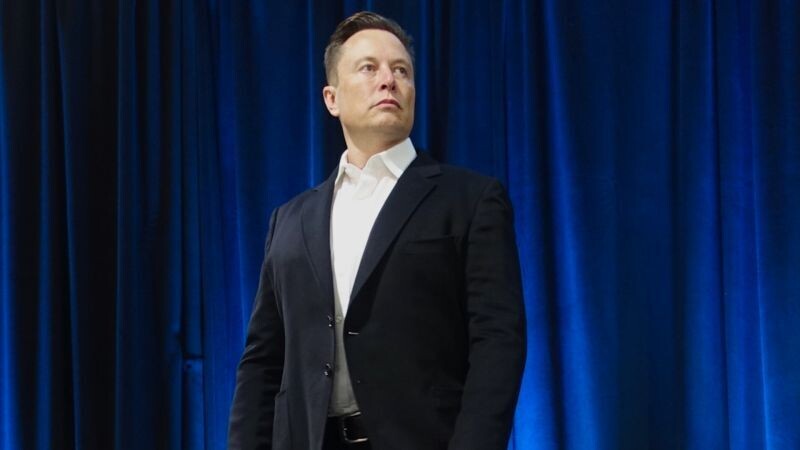
Elon Musk has proposed the construction of a submarine tunnel that would connect London and New York in just 54 minutes, a revolutionary transportation alternative that aims to transform intercontinental mobility.
The concept of this submarine tunnel is similar to that of the Hyperloop, with pressurized capsules traveling at high speeds in an almost airless environment. However, the technical difficulties associated with construction under the ocean are considerably greater due to the depth and conditions of the Atlantic seabed.
Despite the enthusiasm generated by Musk's proposal, there are significant technical and financial challenges that must be addressed before the project can become a reality. The construction of a submarine tunnel involves enormous costs and technical complexities related to underwater engineering and structural safety.
The director of the U.S. Government Efficiency Department estimates that the project would cost around $20 billion and could permanently change the way intercontinental travel is conceived. If realized, it would allow trains to reach theoretical speeds of up to 4,828 km/h, drastically reducing travel time between the two cities.
The magnate claims that by creating a vacuum within the tunnel and using pressurized vehicles, trains could theoretically exceed 4,828 km/h. This would mean a transatlantic journey in under an hour, revolutionizing the way people cross the Atlantic Ocean and promoting a new standard for intercontinental transport.
Despite the similarities with the Hyperloop, this new project presents additional challenges, such as environmental impact, risks associated with weather conditions, and the actual construction cost. Musk seeks to establish a new standard for intercontinental transportation and change the way people travel between continents.













